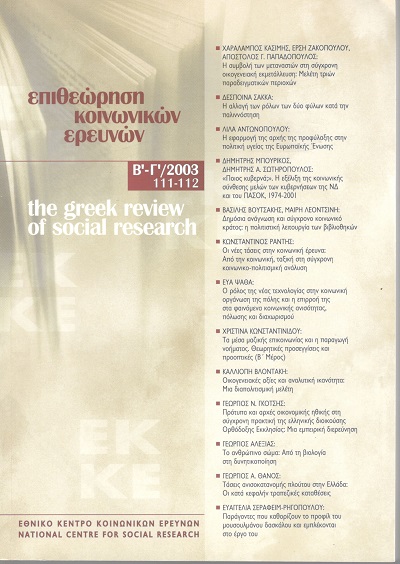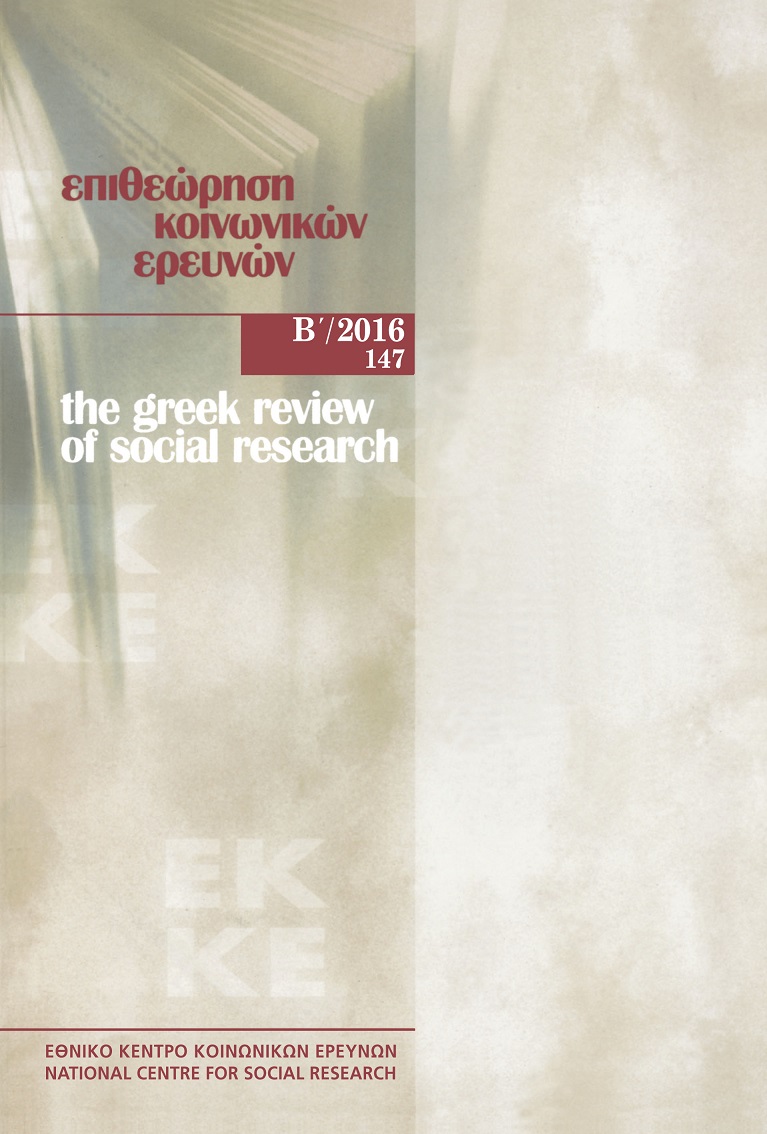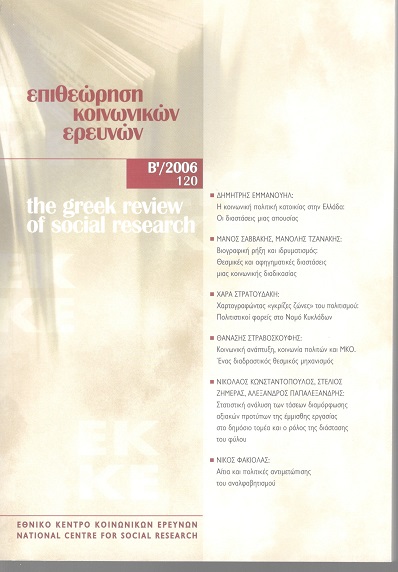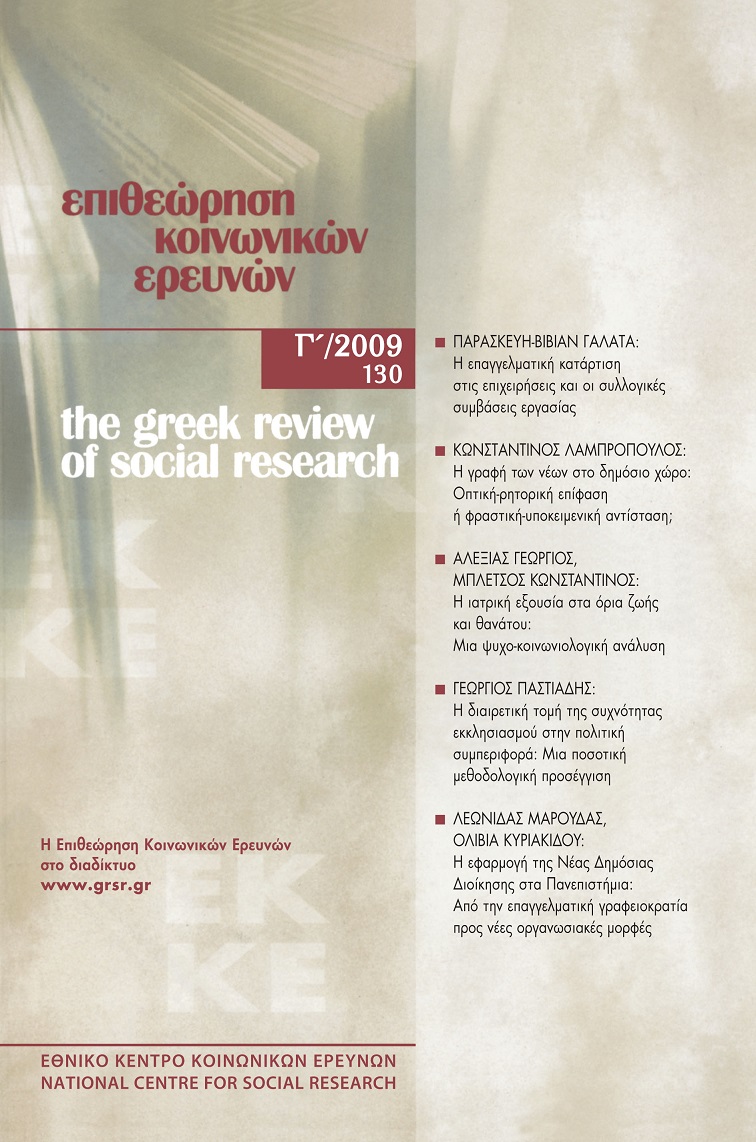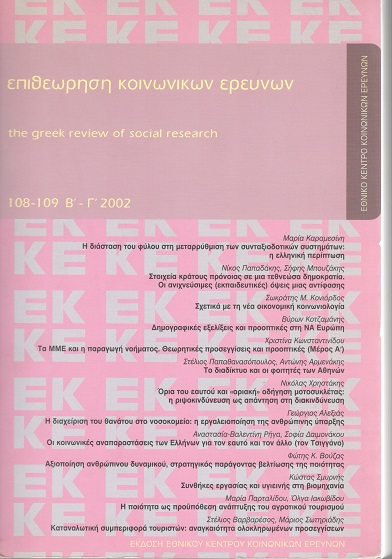Bodily experiences, body image and social identity of persons with blindness: a qualitative study in Greece

Abstract
Although blindness is a frequent type of disability, bodily experiences, body image and social identity of the blind persons have not been extensively investigated. A qualitative study was conducted using interviews of seven blind people and the results showed that their sense of identity is strongly structured, without stigma and without problems in their socialization. Blind individuals don’t accept the concept that they are different from the other people and rely on their senses only for their daily survival. Bodily experiences are essential to the recognition of their environment, and outward appearance is a basic element of their self image. Visually impaired people do not have any uncertainty and dissatisfaction for their bodies and have no problems developing and maintaining a positive body image. The results can be used for their integrated psychosocial care.
Article Details
- How to Cite
-
Κούτρα Λ., Τόγκας Κ., Αλεξιάς Γ., Σαββάκης Μ., & Στρατοπούλου Ι. (2018). Bodily experiences, body image and social identity of persons with blindness: a qualitative study in Greece. The Greek Review of Social Research, 150, 151–184. https://doi.org/10.12681/grsr.17958
- Issue
- 2018: 150
- Section
- Articles

This work is licensed under a Creative Commons Attribution-NonCommercial 4.0 International License.
Authors who publish with this journal agree to the following terms:
- Authors retain copyright and grant the journal right of first publication with the work simultaneously licensed under a Creative Commons Attribution Non-Commercial License that allows others to share the work with an acknowledgement of the work's authorship and initial publication in this journal.
- Authors are able to enter into separate, additional contractual arrangements for the non-exclusive distribution of the journal's published version of the work (e.g. post it to an institutional repository or publish it in a book), with an acknowledgement of its initial publication in this journal.
- Authors are permitted and encouraged to post their work online (preferably in institutional repositories or on their website) prior to and during the submission process, as it can lead to productive exchanges, as well as earlier and greater citation of published work (See The Effect of Open Access).




